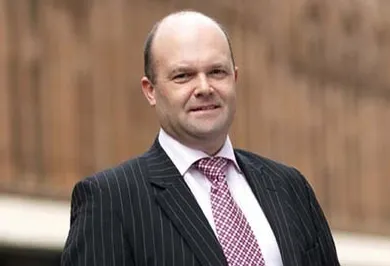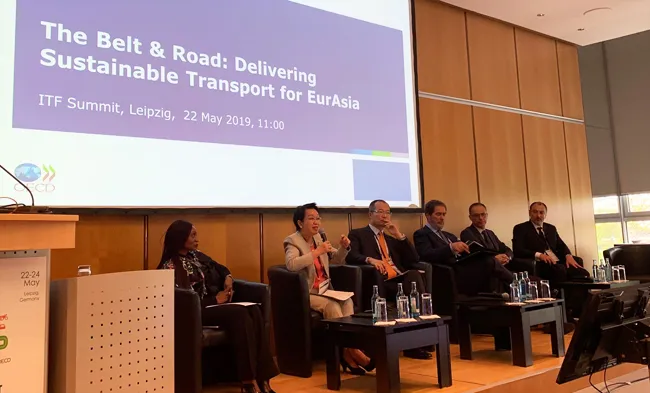The transport corridor created by the Transistmico project, linking the port of Coatzacoalcos (Veracruz) with Salina Cruz (Oaxaca) in Mexico, should be operational within three years if US$2 billion of investment is secured.
Representatives from the API port authority in Coatzacoalcos said that the conditions to develop this scheme are ideal, whilst technical studies will be developed in the short term.
November 22, 2013
Read time: 2 mins
The transport corridor created by the Transistmico project, linking the port of Coatzacoalcos (Veracruz) with Salina Cruz (Oaxaca) in Mexico, should be operational within three years if US$2 billion of investment is secured.
Representatives from the API port authority in Coatzacoalcos said that the conditions to develop this scheme are ideal, whilst technical studies will be developed in the short term.
Supported by the Mexican Government, the Transistmico project is widely seen an alternative to the Panama Canal. Five industrial plants are planned along its 302km length, whilst a second railway line and improvements to motorways will be included in the overall delivery of the project.
The API in Coatzacoalcos is seeking to diversify its operations, whilst it believes that the project should be managed centrally by one person or authority, coordinating efforts of the two APIs and the two regional governments so that nobody has an unfair advantage. Transistmico will not compete with other ports in the country. Around 38.19 million will be used to carry out studies linked to the project, with the government stating that these funds must be used in the first quarter of 2014. A Public-Private Partnership (PPP) model will be employed.
Representatives from the API port authority in Coatzacoalcos said that the conditions to develop this scheme are ideal, whilst technical studies will be developed in the short term.
Supported by the Mexican Government, the Transistmico project is widely seen an alternative to the Panama Canal. Five industrial plants are planned along its 302km length, whilst a second railway line and improvements to motorways will be included in the overall delivery of the project.
The API in Coatzacoalcos is seeking to diversify its operations, whilst it believes that the project should be managed centrally by one person or authority, coordinating efforts of the two APIs and the two regional governments so that nobody has an unfair advantage. Transistmico will not compete with other ports in the country. Around 38.19 million will be used to carry out studies linked to the project, with the government stating that these funds must be used in the first quarter of 2014. A Public-Private Partnership (PPP) model will be employed.







